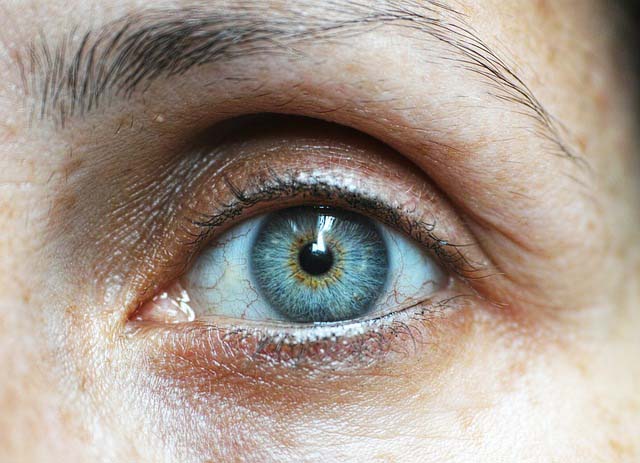Outcome of cataract surgery in eyes with diabetic retinopathy: report from the Swedish national cataract registry
Cataract surgery is the most common surgical procedure in Sweden and worldwide, with around 130,000 surgeries per year in Sweden alone (Behndig 2018). The rate of eyes free of serious postoperative adverse events is approximately 99.5% and the risk of serious complications has steadily decreased due to new techniques (Stein et al. 2011).
The risk of complications is relatively low; however, sight-threatening complications can occur and the number of patients affected is considerable due to high surgical volumes.
Advanced age and hereditary factors are the most important risk factors for the development of cataracts. Globally, the female gender is associated with a higher prevalence of lens opacities and blindness or visual impairment due to cataracts. Additionally, pharmacological substances such as steroids , as well as several ocular and systemic diseases, including diabetes mellitus, are associated with an increased risk of cataracts.
In 2013, 382 million people worldwide were diagnosed with diabetes, a figure that is expected to increase to around 592 million in 2035.
The prevalence of cataracts is higher among patients with diabetes and they tend to be diagnosed with cataracts earlier.
Aim
To analyze whether patients with diabetic retinopathy (DR) undergoing cataract surgery differ in outcome from patients without DR in terms of best-corrected visual acuity (BCVA), deviation from target refraction, intraoperative difficulties, and risk of complications.
Methods
A study based on records from the Swedish National Cataract Registry (NCR) during the years 2015-2017 that included 358,040 cataract procedures . Patients with other ocular pathology in addition to cataracts and DR were omitted from outcome analyses.
Results
Diabetic retinopathy was reported in 13,724 of all eyes (3.8%). Preoperative BCVA was significantly worse in patients with DR than in patients without DR, 0.54 ± 0.33 compared with 0.40 ± 0.27 (logMAR, mean ± SD, p < 0.001).
The same was evident for postoperative BCVA, 0.15 ± 0.25 for patients with DR versus 0.06 ± 0.13 (p < 0.001).
The improvement in BCVA was slightly better in RD than in non-RD, −0.40 ± 0.32 (logMAR; mean ± SD) vs. −0.35 ± 0.27, p < 0.001.
The prediction error of the mean absolute biometry was 0.42 ± 0.50 diopters (D) in RD and 0.43 ± 0.71 D in patients without RD, p = 0.768.
One or more intraoperative difficulties, including mechanical pupil dilation, capsular staining, hooks at the capsulorhexis margin, or capsular tension ring, had an adjusted odds ratio (OR) of 1.75 (confidence interval [95% CI: 1.61-1.90, p < 0.001) in cases with DR versus without DR and the rate of posterior capsular tears (PCR) had an adjusted OR of 1.76 (95% CI) : 1.40–2.20, p < 0.001).
Conclusion The present study supports previous reports that patients with diabetes have earlier cataracts and that visual outcome is similar in patients with or without DR. The mean absolute deviation from the target refraction is the same for the DR and non-DR groups, something that has not been previously reported. Most importantly, we also demonstrated that intraoperative difficulties and complications are more prevalent in eyes with DR, something that suggests that patients with diabetes, or at least those with diabetic retinopathy, should not be operated on by inexperienced surgeons . Future research should investigate whether diabetics without DR are also at risk for more complicated cataract surgery. These data, and also those on possible confounding factors such as smoking and BMI, can be obtained from the Swedish National Diabetes Registry. An interesting issue would also be whether time since diabetes diagnosis, disease severity as measured by HbA1c, and prior DR treatment, all of which are reported to the Swedish National Diabetes Registry, affect the outcome with respect to intraoperative difficulties and postoperative/complications. Final messages Eyes with DR have lower pre- and postoperative BCVA compared to eyes without DR. There is little difference in BCVA improvement and no difference in mean absolute biometry prediction error. Importantly, intraoperative difficulties and CRAs are almost twice as common in patients with DR, clearly indicating that these patients should be treated by experienced surgeons. |
















